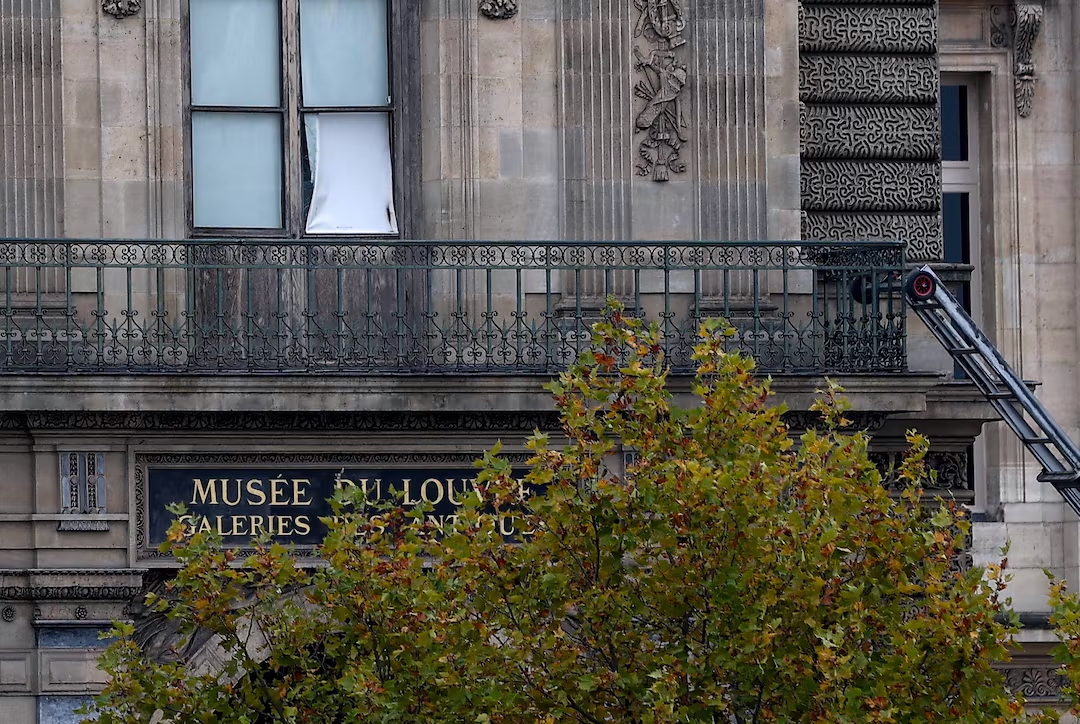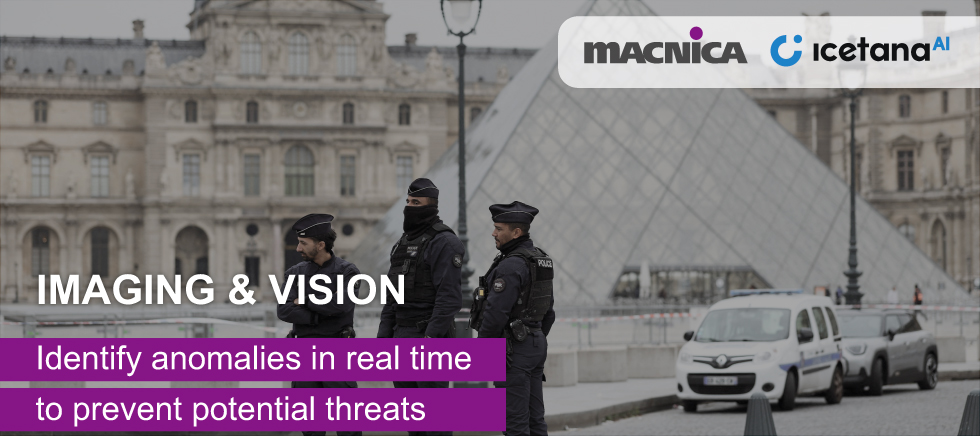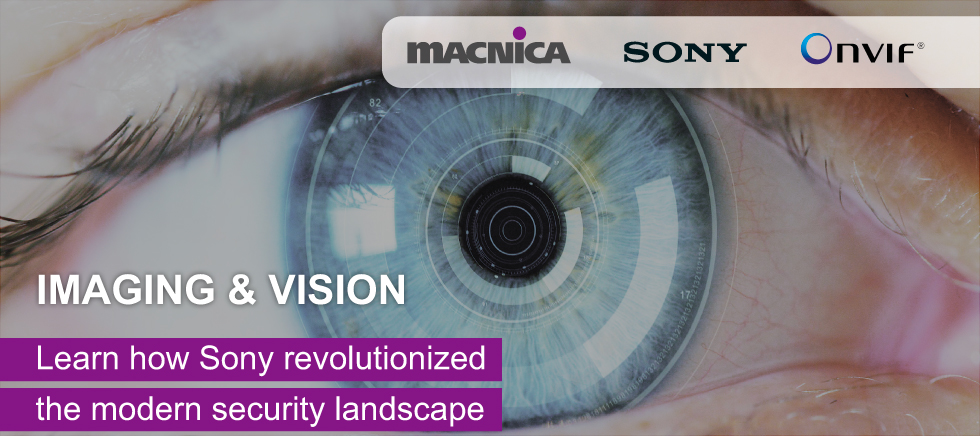Could AI Have Prevented the Louvre Jewelry Heist?
Featured Image: REUTERS/Gonzalo Fuentes
In the aftermath of the bold daytime burglary at the Louvre in Paris, questions are swirling about the effectiveness of the museum’s security systems.
How could two men break into the world’s most visited museum in broad daylight and steal more than $100 million in jewelry in less than seven minutes? The precious artifacts stolen are historically invaluable, including an emerald necklace gifted by Napoleon to his second wife.
According to police reports, two men wearing yellow vests and masks used a truck-mounted lift to reach a first-floor window of the Apollo Gallery at 9:34 a.m. They cut through the glass with a power tool to gain entry. Once inside, the thieves threatened guards, smashed display cases, grabbed the jewels, and escaped on motor scooters by 9:38 a.m.
The break-in was essentially a well-orchestrated smash and grab, similar to what has been plaguing malls and jewelry stores around the world. It relied on speed and shock value.
Some security experts argue that an operation this swift and organized might have been impossible to stop.
However, an official report issued before the theft found that the Louvre’s security systems were woefully outdated. It revealed that three-quarters of the rooms in the museum’s Richelieu wing, which houses furnishings, tapestries, and ceramics from the Middle Ages to the 19th century, had no CCTV cameras.
Nearly two-thirds of the rooms in the Sully wing, home to priceless French paintings, were also without cameras. In addition, the museum had only one exterior camera, which pointed away from the balcony where the thieves broke in.

Do More Cameras Equal Better Security?
Would more cameras have stopped what may be one of the most successful jewel heists in history? Possibly not.
Even if museums added hundreds of cameras inside and outside their buildings, major blind spots and vulnerabilities would still exist. The issue is not limited to the number of cameras - it’s the lack of monitoring.
Traditional surveillance systems rely on human operators to watch dozens of feeds simultaneously. Most operators only notice an incident after it happens, leaving the footage to serve solely as evidence.
In effect, traditional systems are reactive. They’re designed to record what happened, not prevent it from happening.
AI-Enabled Cameras Fill the Void
Cameras equipped with artificial intelligence (AI) add a new level of security by learning about their surroundings and alerting operators when something is out of the ordinary.
Macnica Americas, in collaboration with icetana AI, promotes a self-learning video surveillance system that can monitor hundreds of cameras simultaneously and alert operators only when something truly unusual occurs. A single operator using icetana’s platform can effectively oversee up to 500 cameras, with the AI surfacing only the most relevant events.
Rather than relying on motion detection or static rules, icetana’s AI learns the normal behavior patterns of each camera view - people walking, cars parking, maintenance crews on the roof - and identifies anomalies that indicate potential threats.
In the case of the Louvre jewelry heist, AI-enabled cameras might have noticed the presence of men posing as workers in yellow vests and masks in non-construction areas. The solution would have flagged the truck-mounted lift driving up to the building as an anomaly. The men being raised up on the crane would also be highlighted well before they got to the balcony. Another alert would be triggered when they were cutting the window glass.
Given the speed of the robbery, even an extra minute or two of warning could have allowed security guards or police to intervene - or triggered an automatic lockdown of rooms and exhibits.
Beyond this specific case, AI-enabled cameras can be trained to notice when someone enters a restricted area, touches an exhibit, or lingers too long in one place. This self-learning approach transforms passive surveillance into proactive protection, enabling security teams to focus on real threats, shorten response times, and dramatically reduce false alarms.
Moving forward, simply adding more cameras won’t be enough to protect the world’s most valuable art and artifacts. The next generation of museum security must be intelligent - able to learn, adapt, and act before it’s too late.







